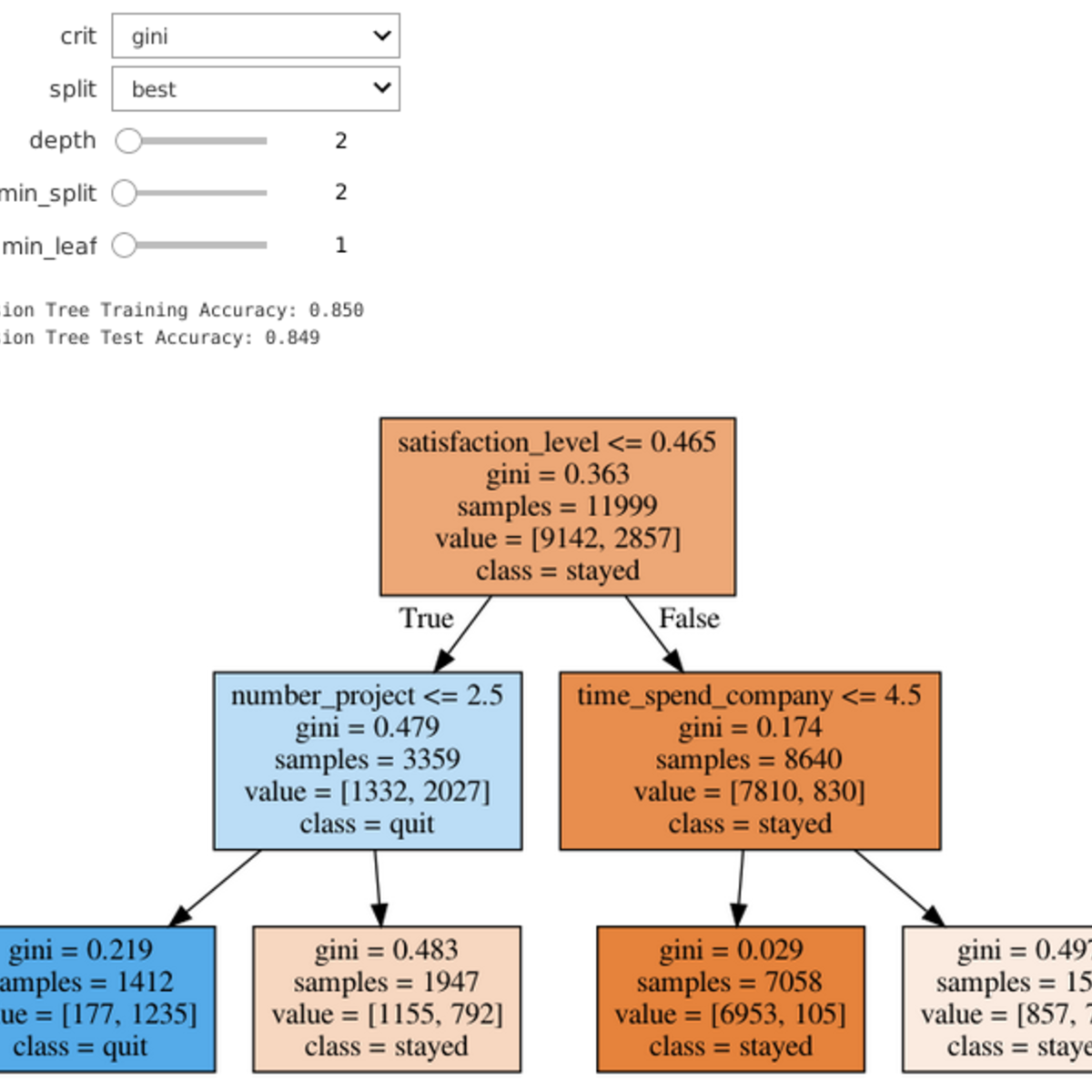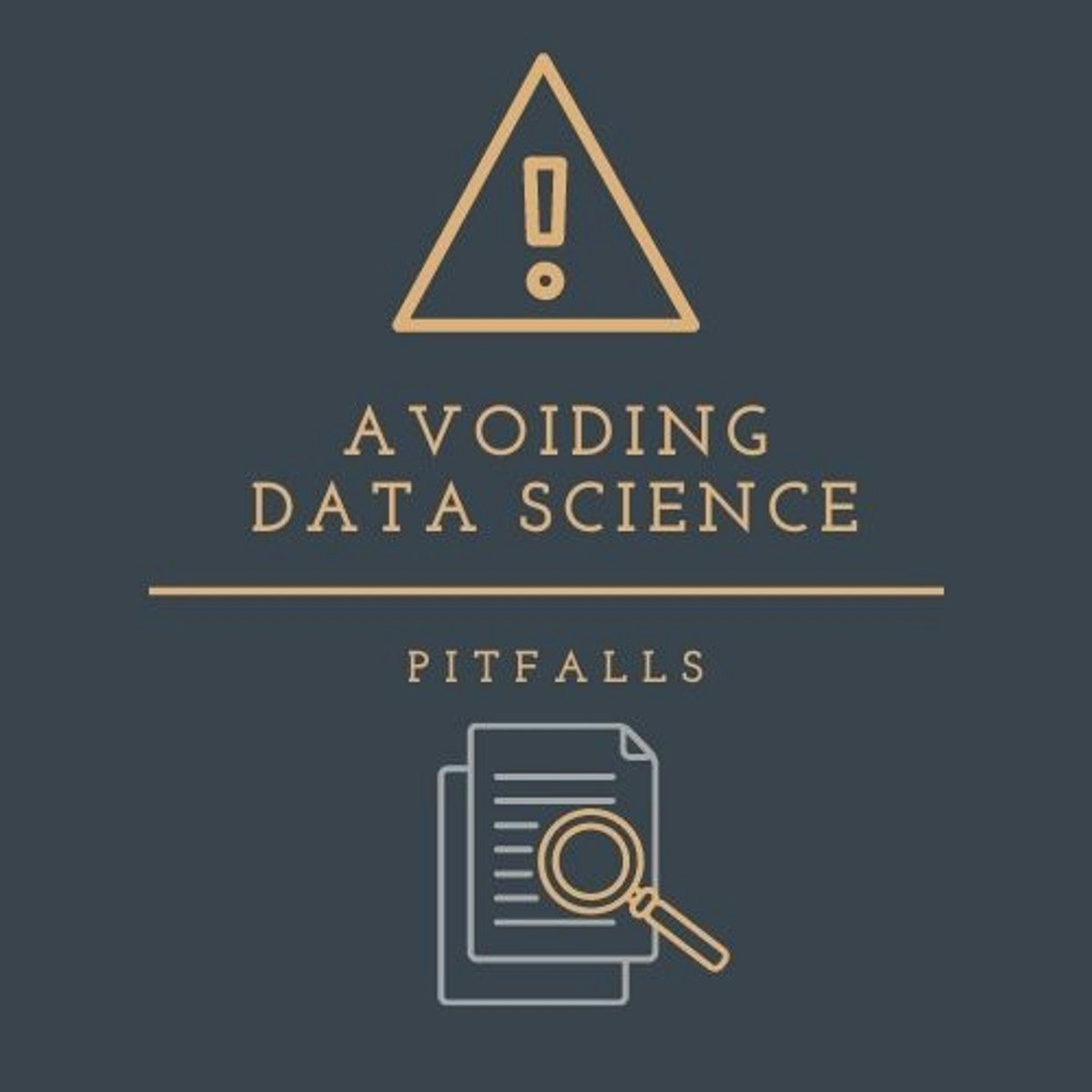Back to Courses









Data Analysis Courses - Page 84
Showing results 831-840 of 998

Calculus through Data & Modelling: Series and Integration
This course continues your study of calculus by introducing the notions of series, sequences, and integration. These foundational tools allow us to develop the theory and applications of the second major tool of calculus: the integral. Rather than measure rates of change, the integral provides a means for measuring the accumulation of a quantity over some interval of input values. This notion of accumulation can be applied to different quantities, including money, populations, weight, area, volume, and air pollutants. The concepts in this course apply to many other disciplines outside of traditional mathematics. Through projects, we will apply the tools of this course to analyze and model real world data, and from that analysis give critiques of policy.
Following the pattern as with derivatives, several important methods for calculating accumulation are developed. Our course begins with the study of the deep and significant result of the Fundamental Theorem of Calculus, which develops the relationship between the operations of differentiation and integration. If you are interested in learning more advanced mathematics, this course is the right course for you.

Machine Learning: Predict Numbers from Handwritten Digits using a Neural Network, Keras, and R
In this 1-hour long project-based course, you will learn how to build a Neural Network Model using Keras and the MNIST Data Set. By the end of the course you will have built a model that will recognize the digits of hand written numbers. You will also be exposed to One Hot Encoding, Neural Network Architecture, Loss Optimizers and Testing of the Model's performance.
Note: This course works best for learners who are based in the North America region. We’re currently working on providing the same experience in other regions.

Database Management Essentials
Database Management Essentials provides the foundation you need for a career in database development, data warehousing, or business intelligence, as well as for the entire Data Warehousing for Business Intelligence specialization. In this course, you will create relational databases, write SQL statements to extract information to satisfy business reporting requests, create entity relationship diagrams (ERDs) to design databases, and analyze table designs for excessive redundancy. As you develop these skills, you will use either Oracle, MySQL, or PostgreSQL to execute SQL statements and a database diagramming tool such as the ER Assistant or Visual Paradigm to create ERDs. We’ve designed this course to ensure a common foundation for specialization learners. Everyone taking the course can jump right in with writing SQL statements in Oracle, MySQL, or PostgreSQL.

Predict Employee Turnover with scikit-learn
Welcome to this project-based course on Predicting Employee Turnover with Decision Trees and Random Forests using scikit-learn. In this project, you will use Python and scikit-learn to grow decision trees and random forests, and apply them to an important business problem. Additionally, you will learn to interpret decision trees and random forest models using feature importance plots. Leverage Jupyter widgets to build interactive controls, you can change the parameters of the models on the fly with graphical controls, and see the results in real time!
This course runs on Coursera's hands-on project platform called Rhyme. On Rhyme, you do projects in a hands-on manner in your browser. You will get instant access to pre-configured cloud desktops containing all of the software and data you need for the project. Everything is already set up directly in your internet browser so you can just focus on learning. For this project, you’ll get instant access to a cloud desktop with Python, Jupyter, and scikit-learn pre-installed.

Data Management for Clinical Research
This course presents critical concepts and practical methods to support planning, collection, storage, and dissemination of data in clinical research.
Understanding and implementing solid data management principles is critical for any scientific domain. Regardless of your current (or anticipated) role in the research enterprise, a strong working knowledge and skill set in data management principles and practice will increase your productivity and improve your science. Our goal is to use these modules to help you learn and practice this skill set.
This course assumes very little current knowledge of technology other than how to operate a web browser. We will focus on practical lessons, short quizzes, and hands-on exercises as we explore together best practices for data management.

Reinforcement Learning: Qwik Start
This is a self-paced lab that takes place in the Google Cloud console. In this lab, you will learn and get hands-on practice with the fundamental concepts of Reinforcement Learning.

Build and Utilize Forms in LibreOffice Base
By the end of this project you will have used LibreOffice to create and use a variety of forms for entering, updating, and browsing data in relational tables. A form is typically designed to be a more user-friendly and secure interface for accessing data from one or more tables.
Note: This course works best for learners who are based in the North America region. We’re currently working on providing the same experience in other regions.

Avoiding Data Science Pitfalls
In this 2-hour long project-based course, you will learn some important statistical concepts with examples & visuals, concepts that are most commonly mistaken in data analysis and how to ensure you don’t fall for them.

Advanced R Programming
This course covers advanced topics in R programming that are necessary for developing powerful, robust, and reusable data science tools. Topics covered include functional programming in R, robust error handling, object oriented programming, profiling and benchmarking, debugging, and proper design of functions. Upon completing this course you will be able to identify and abstract common data analysis tasks and to encapsulate them in user-facing functions. Because every data science environment encounters unique data challenges, there is always a need to develop custom software specific to your organization’s mission. You will also be able to define new data types in R and to develop a universe of functionality specific to those data types to enable cleaner execution of data science tasks and stronger reusability within a team.

Cloud SQL for MySQL: Qwik Start
This is a self-paced lab that takes place in the Google Cloud console.
Create a Google Cloud SQL MySQL instance and perform SQL operations using Google Cloud Platform Console and mysql client. Watch this short video, <a HREF="https://youtu.be/EQJK0tNW-g4">Manage PostgreSQL and MySQL Databases Easily with Cloud SQL</a>.
Popular Internships and Jobs by Categories
Browse
© 2024 BoostGrad | All rights reserved


